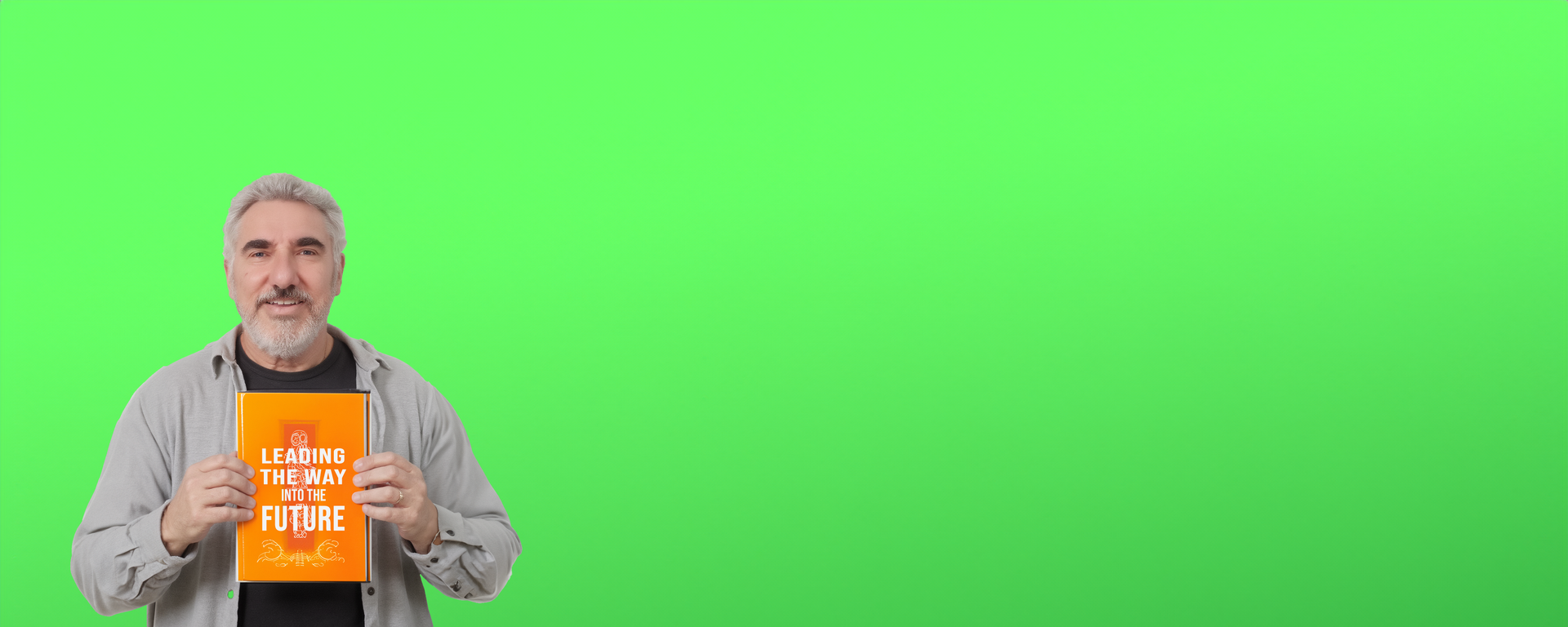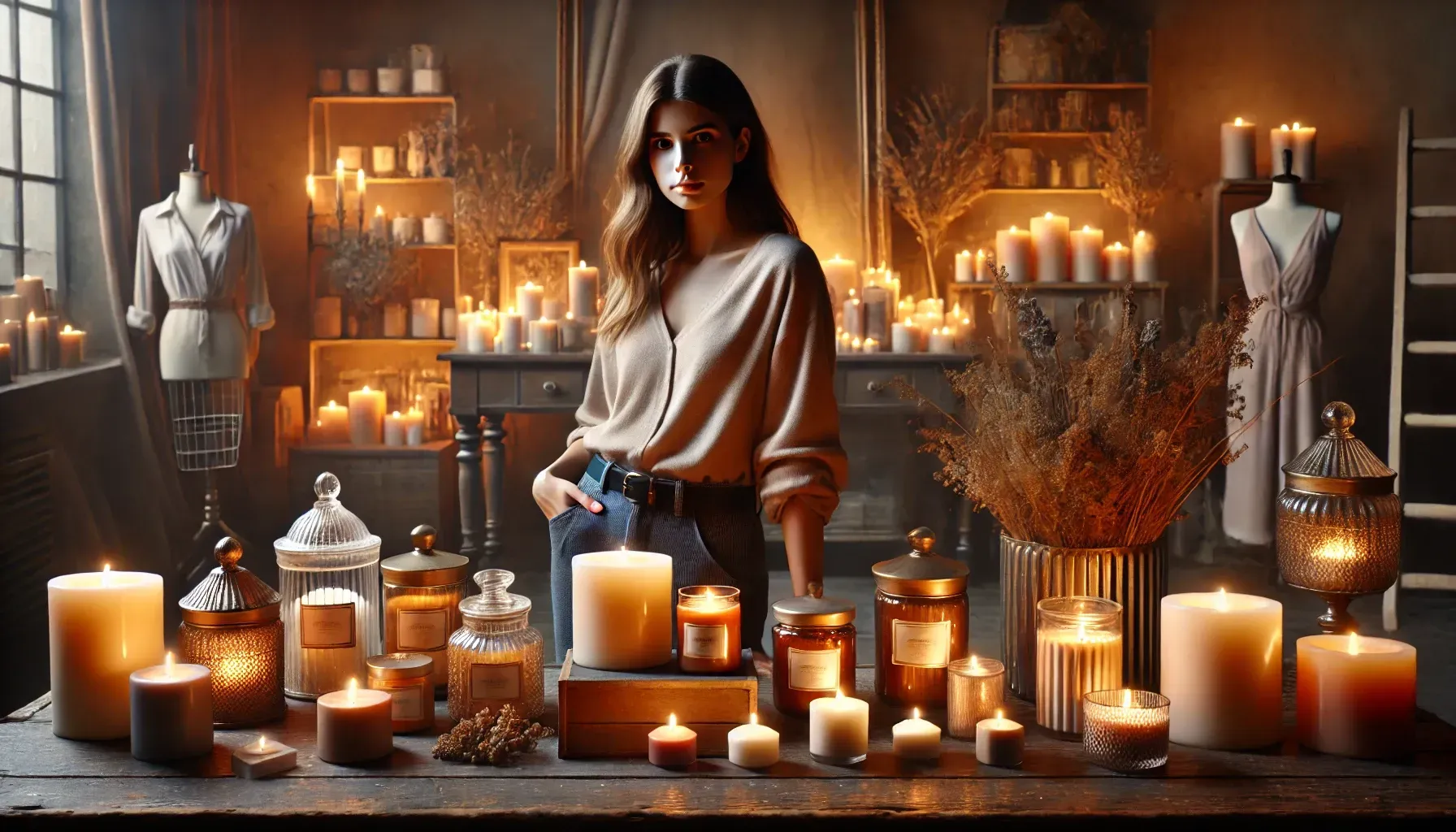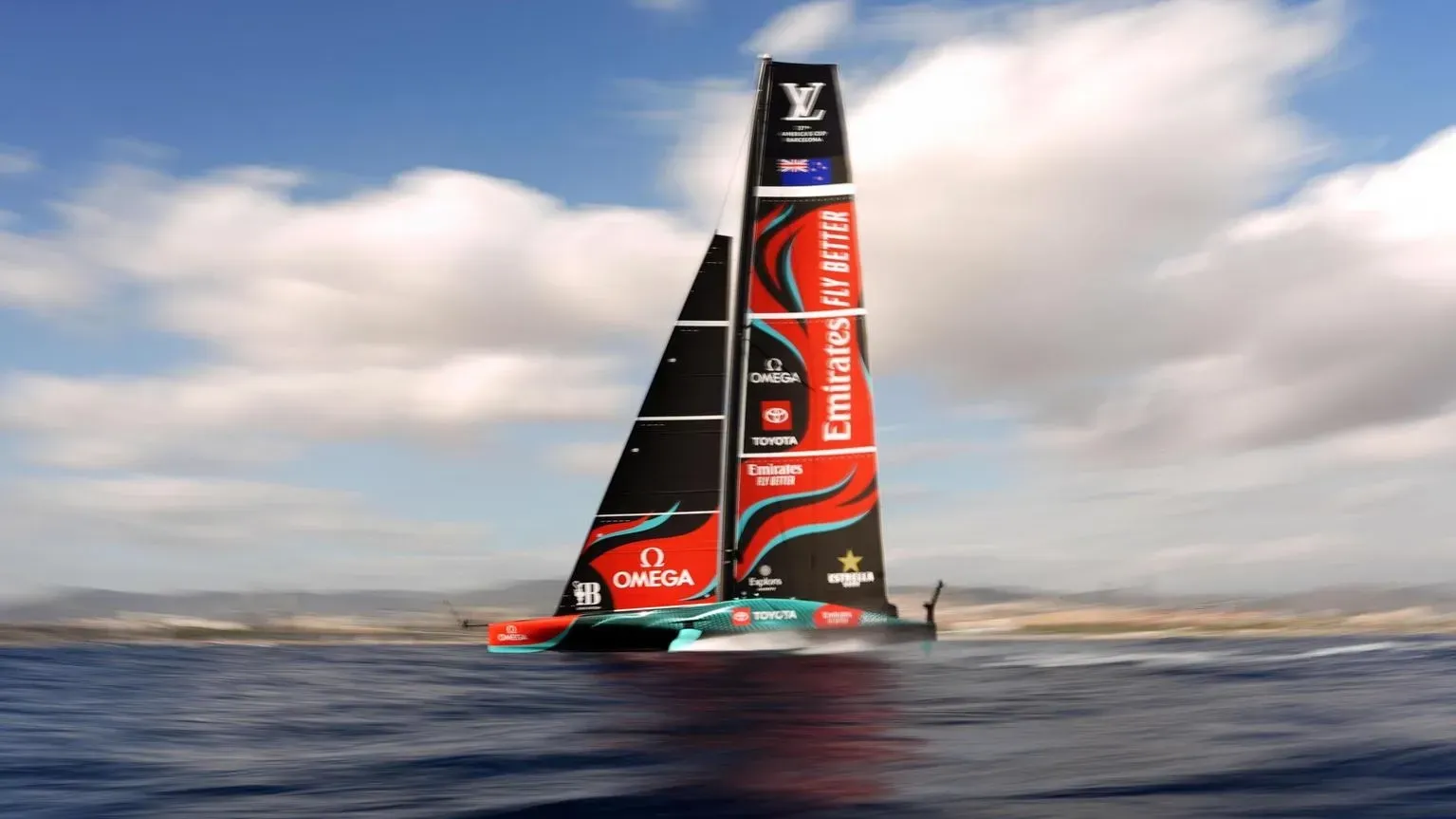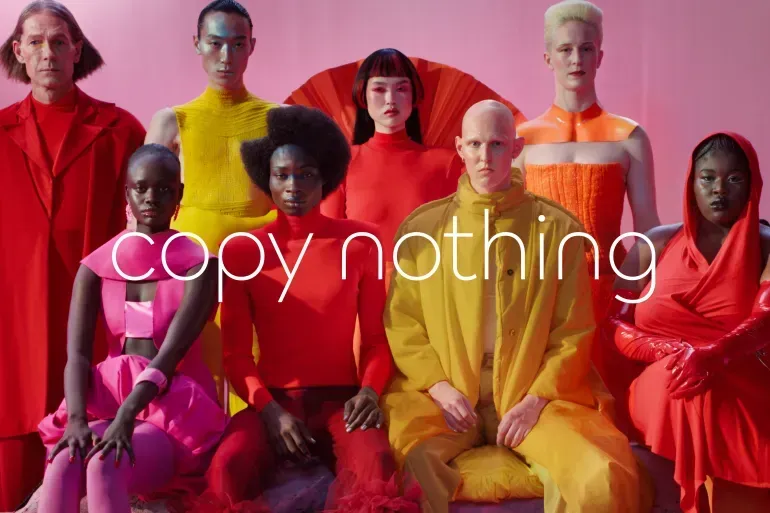How to Break Out of a Sales Slump: Getting from Stuck to Success
It happens to all of us. We’re born. We grow. We stop growing. There’s nothing we can do about it.
In business as in life, it’s called ‘maturity’. But maturity generally leads to stagnation — and for many businesses, it can also mean death.
Of course, every business is different. But there’s a pattern they all share. It’s called the Business Life Cycle. It looks like this:
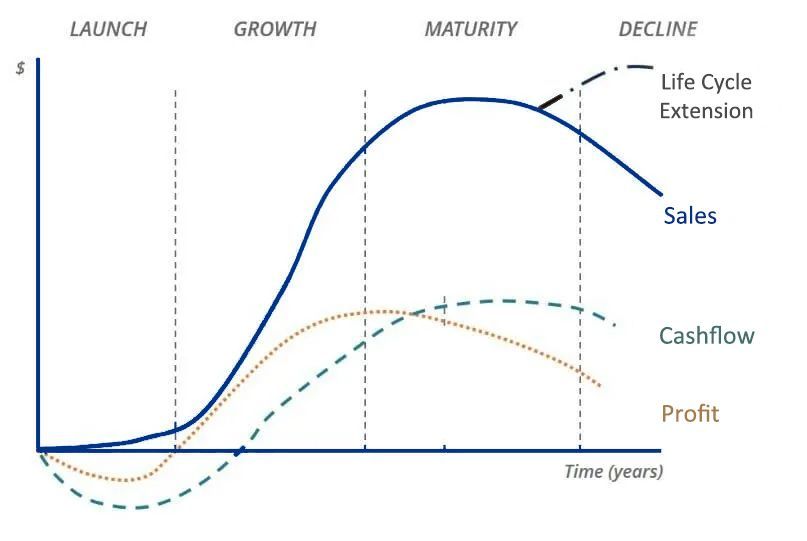
You can see why it’s sometimes called the S-Curve. No matter how successful a business turns out to be, sales growth generally start out slow until it achieves great brand recognition. But inevitably, as the business starts to reach maturity, sales begin to stall, together with cashflow and profitability.
Why? There are any number of reasons but some of the most common are:
- Increased competition
- Disruptive business models
- Outdated technology
- Changing customer preferences
- Complacency and lack of drive
- Market saturation
- Tired brand image
So what can you do about this? Doing nothing is not an option. Look at what happened to Blockbuster, Kodak, Yahoo, Sara Lee, Toys R Us and a long list of other well-known companies which became obsolete or failed.
All because they failed to jump the S-curve.
You may have noticed the dotted ‘Life Cycle’ Extension line on the graph above. That’s the beginning of the next S-Curve. For businesses, sustaining growth over long periods of time means innovating and pivoting.
Netflix is an example of a company that has a successful history of jumping S-curves. Since it began in 1998, Netflix has faced technological change, changing consumer preferences and burgeoning competition. Now they could be facing an even greater challenge, market saturation. What S-curve will they jump on next?

As you can see, Netflix has stuck to its original purpose of providing in-home entertainment but was quick to take advantage of new streaming technology to change the way it delivered that entertainment. Then the company leveraged its enormous subscriber base to start producing its own original TV series and movies.
It’s not just large companies that need to keep jumping the S-curve in order to thrive over the long term. I worked with a small home building company which has grown to become the largest homegrown franchise of its kind in New Zealand. Here’s how they did it:
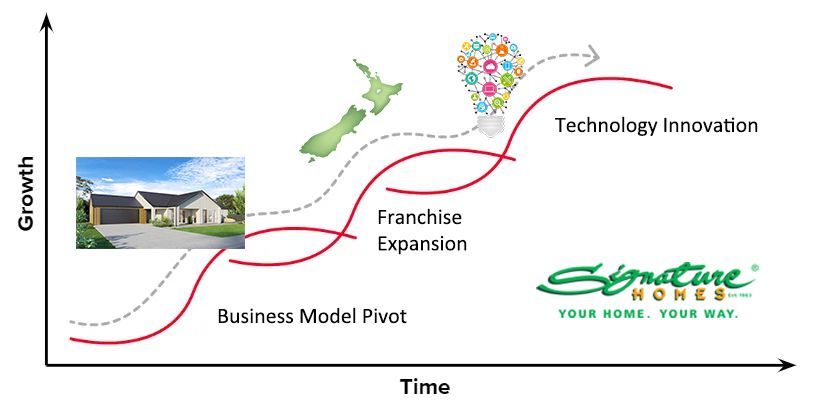
In the 1970s and 80s, there was a trend in New Zealand to solid timber homes — and Signature Homes was founded to capitalise on this trend. But the times changed and the company pivoted to the timber-framed homes that are typical in New Zealand. They became a design-and-build or custom home business with a twist — they developed designer home concepts which made it easy for buyers to choose from a range of different styles and customise their new home designs to their exact requirements.
Signature Homes had scaled their business through franchising but the franchise business model and systems were outdated so, in the early 2000s, I worked with them to re-engineer their entire franchise in line with international best practices and implement a change management strategy. You could argue that this was simply an improvement, not jumping onto a new S-curve, but change was so uncomfortable for several franchisees that they left the network. However, despite the loss of one-fourth of the franchise network, sales climbed by 25% across the overall network and enquiries started pouring in from a new breed of franchisees.

Signature Homes had started its journey to becoming the largest Kiwi-owned housing brand but there was still one barrier to success. The new marketing strategy was working gangbusters, bringing in unprecedented levels of enquiry. But many of these enquiries weren’t being converted into sales.
A home is typically the owner’s biggest asset so the decision to buy is an involved and time-consuming one. This is particularly true with design-and-build or custom homes. As any salesperson will tell you, it is so much harder to sell an intangible (such as a home that doesn’t exist yet) than something tangible that you can see and touch. That’s where the ability of the salespeople is vital. They must build a relationship of trust and credibility with prospective buyers.
The problem at Signature Homes, as at most group housing companies, was that although they all had teams of salespeople, the franchisees were mainly builders, few of whom had sales management experience. What could we do about this? One solution might have been to upskill the franchisees in sales management. But that would take time and there was no guarantee of success. Another solution would be for Signature Homes’ head office to employ an expert in the field to help the franchisees manage their teams. I thought I knew just the right person for the job. Last year, Brad Hay (pictured above at left with my wife Margaret and myself) celebrated twenty years with the franchise and is credited with bringing world-class sales leadership, disciplines, systems and accountability to the business.
Ready to jump on to the next S-curve?
Are your sales stalling or stagnating? Are you doing the same thing but expecting different results (and not getting them)? It could be time to jump on the next S-curve.
But how to identify the right way forward and up? That's when an independent third-party - someone who can look at your business objectively with fresh eyes and see what perhaps you are too close to the business to see - could make a real difference.
I specialise in working with my clients to make a difference to their businesses. You could say it's my passion. I invite you to
contact me for a free initial consultation to talk about how I could potentially help you to make a difference in your business.
“Nice work Robin. I read your blogs and find them thoughtful and useful.”
Greg Nathan, Franchise Relationships Institute
Share on your Page:
Follow us:
